
A variable compensation plan drives performance by improving employee motivation and retention and creating alignment between employees’ day-to-day tasks and business goals.
We love a variable comp plan, because when they’re well done, they boost employee motivation.
Variable Compensation Plans At Work
- Companies including more than 30% variable pay in their compensation plans reported a 23% higher win rate than those with less variable components, according to Alexander Group’s 2023 National Sales Compensation Survey.
- Variable compensation elements have also proved to be so effective that 66% of organizations are increasing the pay for performance levers in their plans, according to Alexander Group’s 2024 Survey.
Linking financial rewards to performance encourages employees to invest more effort and achieve greater results. This increased motivation ultimately leads to improved performance and better outcomes for the organization.
Variable compensation plans also play a crucial role in enhancing employee retention.
Offering incentives such as stock options and performance-based bonuses helps employees feel valued and acknowledged, reducing the likelihood of them exploring other job opportunities. Furthermore, these plans align employee efforts with company goals, fostering greater commitment.
Try the most collaborative solution to manage, track and payout variable compensation. Calculate commissions and pay your team accurately, and on time.
Start TrialWhat Is a Variable Compensation Plan
A variable compensation plan is typically salary plus performance or growth-based pay. Variable pay structures link incentives directly to company goals and fluctuate based on employee performance. This method motivates greater productivity and aligns individual and team efforts with organizational goal achievement.
Although there are different types of variable compensation, all types result in employees earning more pay when they meet or exceed targets or when the company achieves its growth goals.
| Commission-based plans: | |
| Straight | Also known as a 100% commission structure, straight commission compensates salespeople entirely based on their sales performance. They do not receive a base salary, and their earnings depend solely on the sales they close. |
| Tiered | A type of commission structure where the commission rate increases as the sales volume increases. A tiered commission structure is designed to motivate sales reps to achieve higher sales goals and greater productivity. |
| Bonus structures: | |
| Individual | A financial incentive or reward paid based on an individual achieving specific sales targets or objectives. It is usually a one-time payment or extra compensation in addition to other pay, designed to motivate greater performance. |
| Team | A financial reward for a team achieving their collective goals or overcoming major challenges. |
| Company | An incentive that aligns the entire organization toward a key organizational or North Star metric. This can take the form of profit-sharing or a company performance bonus. |
Profit-sharing plans: A portion of a company’s profits distributed to employees, typically paid on a quarterly or annual basis, cultivating a sense of ownership and shared success. (Read more on a profit-sharing based comp plan.)
Stock options and equity-based incentives: Stock options give employees the right to purchase company stocks at a pre-determined price, whereas equity-based incentives grant employees company shares. Both incentives align employees’ interests with those of the investors.
Watch: Equity 101: Understand What Equity, Stock, and Options Really Are
The median employee stock option program (ESOP) is typically 13-20% of company equity, according to Carta. These forms of company bonuses are popular with 58% of companies including equity in their variable compensation plans according to Alexander Group’s 2024 survey.
Calculate OTE:Quota ratios
Use this free calculator to ensure your reps’ on-target earnings and quotas mirror what they’re bringing in for the business.
Try it NowVariable Compensation Plan Examples
How do you translate these incentives into compensation plans for different roles in your organization?
These variable compensation plan examples will help you get started.
Account Executive Sample Plan
Quota: $200,000 of ARR per quarter
On-Target Earnings (OTE): $150,000 per year
Base Salary: $80,000 per year
On-Target Variable: $70,000 per year
Commission Structure: 10% commission on all ARR sold until quota is reached, then 15% commission on all ARR above quota
Notes: This plan includes a straightforward accelerator to reward over-performance. The sales rep earns a flat commission rate until they hit their quarterly quota. Once the quota is achieved, the commission rate increases for any revenue generated beyond the quota. Importantly, the higher commission rate only applies to the incremental revenue above the quota, not retroactively to the revenue earned earlier in the quarter.
Customer Success Rep Comp Plan
Quota: 85% customer retention rate per quarter + $50,000 in expansions per quarter
On-Target Earnings (OTE): $100,000 per year
Base Salary: $70,000 per year
On-Target Variable: $30,000 per year
Commission Structure:
- Retention Goal: Achieving 85% retention secures one-third of the variable pay ($10,000 per year or $2,500 per quarter).
- Expansions: A 10% commission on expansion ARR until the expansion quota is met, then a 20% commission on expansion ARR above quota to incentivize growth.
Notes: This plan combines retention and growth to align with the dual focus of Customer Success teams. Hitting the retention goal secures a reliable portion of the variable pay, while commissions on expansions offer significant earning potential through accelerators. The higher commission rates on expansion ARR above the quota encourage the rep to prioritize upsell and cross-sell opportunities, driving both individual and company growth.
VP of Sales Variable Compensation Plan
Quota: $2.5 million of new business ARR, broken down quarterly based on the financial model
- Q1: $350k
- Q2: $550k
- Q3: $750k
- Q4: $850k
On-Target Earnings (OTE): $450,000 per year
Base Salary: $270,000 per year
On-Target Variable: $180,000 per year
Commission Structure:
- $400 per attainment point of quota: For every percentage point of quota achieved, the VP earns $400. For example:
- If they achieve 92% of their Q1 target, they earn 92 × $400 = $36,800.
- If they achieve 105% of their Q2 target, they earn 105 × $400 = $42,000.
- $15,000 quarterly bonus for hitting financial target: The VP earns a flat $15,000 bonus if the quarterly financial target is met. This bonus is not prorated for partial attainment and does not increase for over-attainment.
- 1.5% equity vested over 4 years: A long-term equity incentive to align the VP’s interests with the company’s growth and performance.
Notes: This VP of Sales compensation plan is structured to incentivize over-performance with a “per attainment point” bonus structure, rewarding incremental progress toward and beyond the quota. The quarterly quota increases over time to reflect business growth goals. The flat bonus for hitting financial targets encourages focus on broader strategic outcomes, and equity provides a meaningful long-term incentive to stay aligned with the company’s overall success.
RevOps, sales leaders, and finance teams use our free tool to ensure reps’ on-target earnings and quotas line up with industry standards. Customize plans with accelerators, bonuses, and more, by adjusting 9 variables.
Build a Comp PlanVariable Compensation Plan Template
Still need more help? Our free templates will help you build your new variable compensation plans.
- Account Executive Compensation Plan Templates
- Account Manager Compensation Plan Templates
- Sales Development Reps Variable Plan Templates
Variable Incentive Compensation Plan Best Practices
The following best practices will help you build and maintain an effective variable incentive compensation plan.
- Clearly Define Goals and Metrics
Aligning incentives with key performance indicators (KPIs) makes the plan easy to understand, minimizes confusion, and facilitates tracking performance and success.
Measurable goal examples include a 20% increase in monthly sales revenue, a specified quarterly customer retention rate target, and a designated quarterly average Net Promoter Score (NPS) goal. Not only should goals be measurable, but it’s also essential that they be specific, measurable, achievable, relevant, and time-bound (SMART).
- Balance Simplicity and Flexibility
Overly complex plans can confuse employees and reduce motivation. Plans must be easy to understand and transparent, boosting employee buy-in, participation, and outcomes. Plans are not static so flexibility is crucial for routinely adapting to changing market or business conditions.
- Incorporate Accelerators and Thresholds
Accelerators, higher payouts for overachievement, can motivate employees to exceed targets. By contrast, using thresholds ensure minimum performance levels are met before payouts begin. Accelerators and thresholds can work together to by rewarding salespeople who exceed quota while protecting the business from paying reps who are underperforming.
- Regularly Review and Update the Plan
Periodic reviews are essential to ensure the plan remains relevant. Regularly gather employee feedback to identify pain points or improvements, giving them careful consideration when making plan changes. And adjust plans in response to business changes, such as new products or market shifts.
- Ensure Fairness and Transparency
Clear communication of the plan builds trust and reduces disputes. When employees understand the rules, expectations, and incentives, their plan will motivate desired behaviors and boost employee engagement and satisfaction. Fairness in metrics is essential to avoid perceived favoritism or inequity. Goals must feel attainable, relevant, and equitable.
Tips for communicating variable compensation plan changes or updates effective include:
- Workshops led by leadership, reviewing plan changes.
- Explanations of why the changes are being made.
- A review of the incentive calculations with leadership and in a reference document.
- Resources and enablement support to help achieve new business goals.
- Feedback loop channels where employees can ask questions.
- Tie Compensation to Both Individual and Team Performance
Rewarding individual achievements while encouraging collaboration with a combination of individual and team performance incentives strengthens team dynamics and fosters teamwork. For instance, hybrid structures that incentivize personal performance and team success include both individual variable compensation plan elements and team bonuses.
- Use Technology to Track and Automate Compensation
Leverage tools like QuotaPath and CRMs for tracking performance and automating calculations. Manual commission calculations are error-prone and reduce transparency, leading to disputes and inefficiencies. Automation removes these errors, ensuring accurate and consistent payouts.
Compensation automation also streamlines incentive management by automating calculations, approvals, and reporting, saving time and resources. Sales incentive automation enhances trust by providing real-time insights into earnings and performance.
Allowing reps to track their commissions and progress toward their goals increases their understanding of how they earn incentives, boosting their motivation, and driving greater rep performance. Real-time visibility also enables managers to monitor performance and identify coaching opportunities.
- Monitor Plan Effectiveness
Measure the plan’s success through metrics like revenue growth, employee satisfaction, and rep turnover rates. Revenue growth shows how sales commissions impact revenue growth and business goal achievement.
Gathering feedback from quota-carrying sales reps helps ensure compensation plans align with their motivations and drive success. And sales rep turnover rate, which reveals the rate at which salespeople leave the organization, reflects how well compensation plans motivate and retain talent.
Market data helps to benchmark salaries and incentives against industry standards, ensuring you can attract and retain top talent with fair and competitive pay. This research also helps you identify emerging compensation trends and new incentive or benefit types.
Regular reporting to leadership to assess ROI of the incentive plan is advantageous to ensure profitability, relevance, and market alignment.
Design, track, and manage variable incentives with QuotaPath. Give your RevOps, finance, and sales teams transparency into sales compensation.
Talk to SalesFrequently Asked Questions About Variable Compensation Plans
What roles are best suited for variable compensation?
Variable compensation is especially effective for roles like sales, customer success, and marketing where the connection between employee performance is clear and easily measured. For instance, at a software company, various teams contribute to revenue growth. The sales team drives revenue by engaging leads and closing deals, marketing attracts and nurtures qualified leads, and customer support fosters positive experiences to retain customers.
How do you balance fixed versus variable pay?
Finding the right balance between base salary and variable pay helps attract, retain, and motivate employees while driving business goal achievement. The balance varies based on several factors including role type, company goals, employee experience and performance, and marketplace benchmarks. Consider these factors to determine the best balance between fixed and variable pay as you build your variable compensation plans.
Can variable compensation plans work in non-sales roles?
Yes, variable compensation plans are effective for sales and non-sales roles alike. These incentives can be tied to a variety of goals such as achieving sales targets, meeting project deadlines, or reaching specific financial metrics. Rewards go beyond commissions and include profit-sharing plans and retention or recognition bonuses that could apply to any role.
How do you handle disputes or miscommunication about payouts?
Payout dispute resolution should be initiated promptly by an employer. Start by reviewing the calculation process and clearly explaining the rationale behind the payout to the employee. Provide the employee with easy access to relevant performance metrics and openly communicate while addressing any concerns. Ensuring transparency throughout the dispute resolution process is key to maintaining employee trust and minimizing further issues.
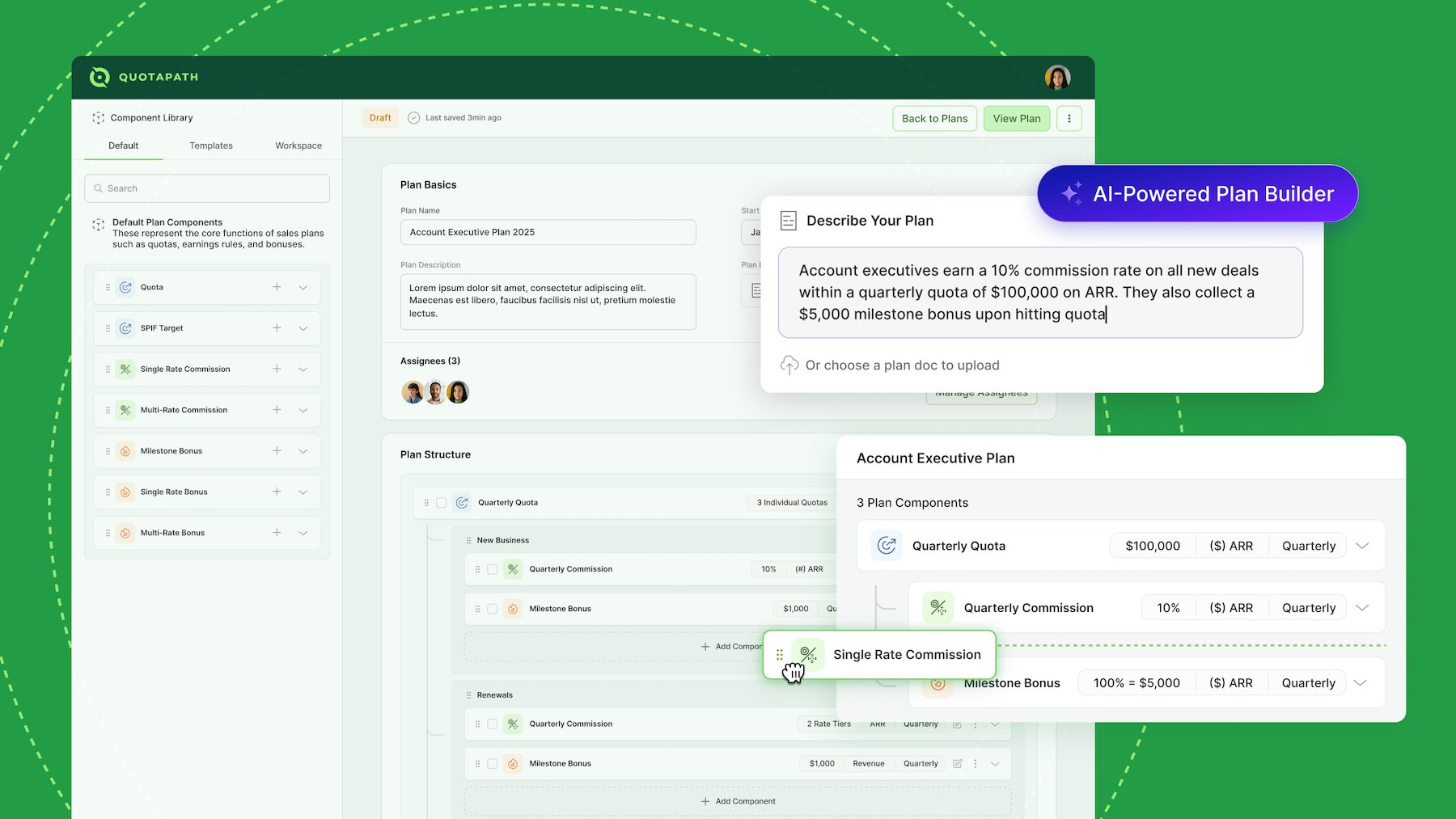
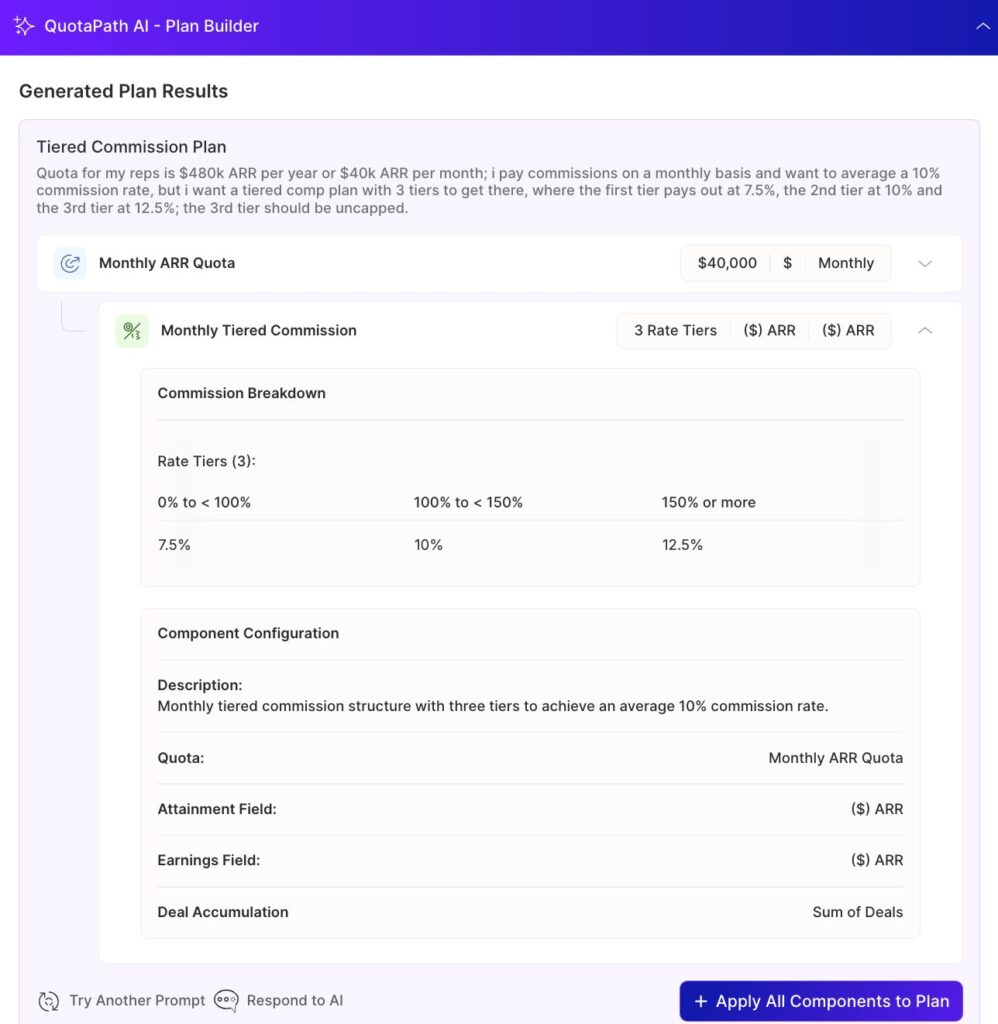
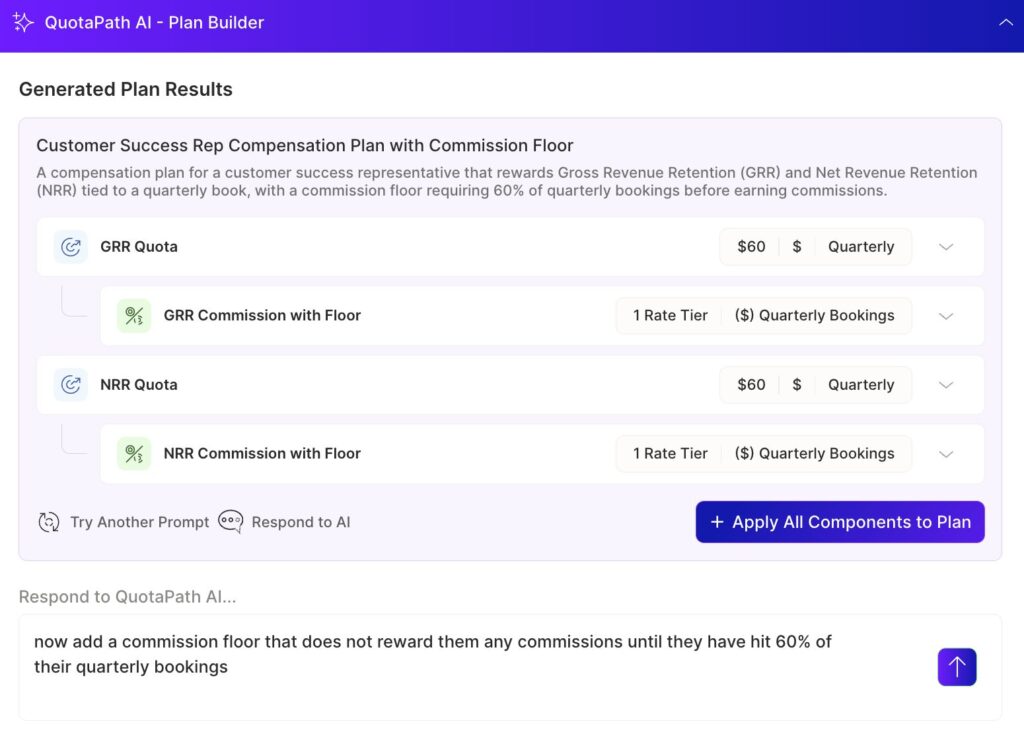
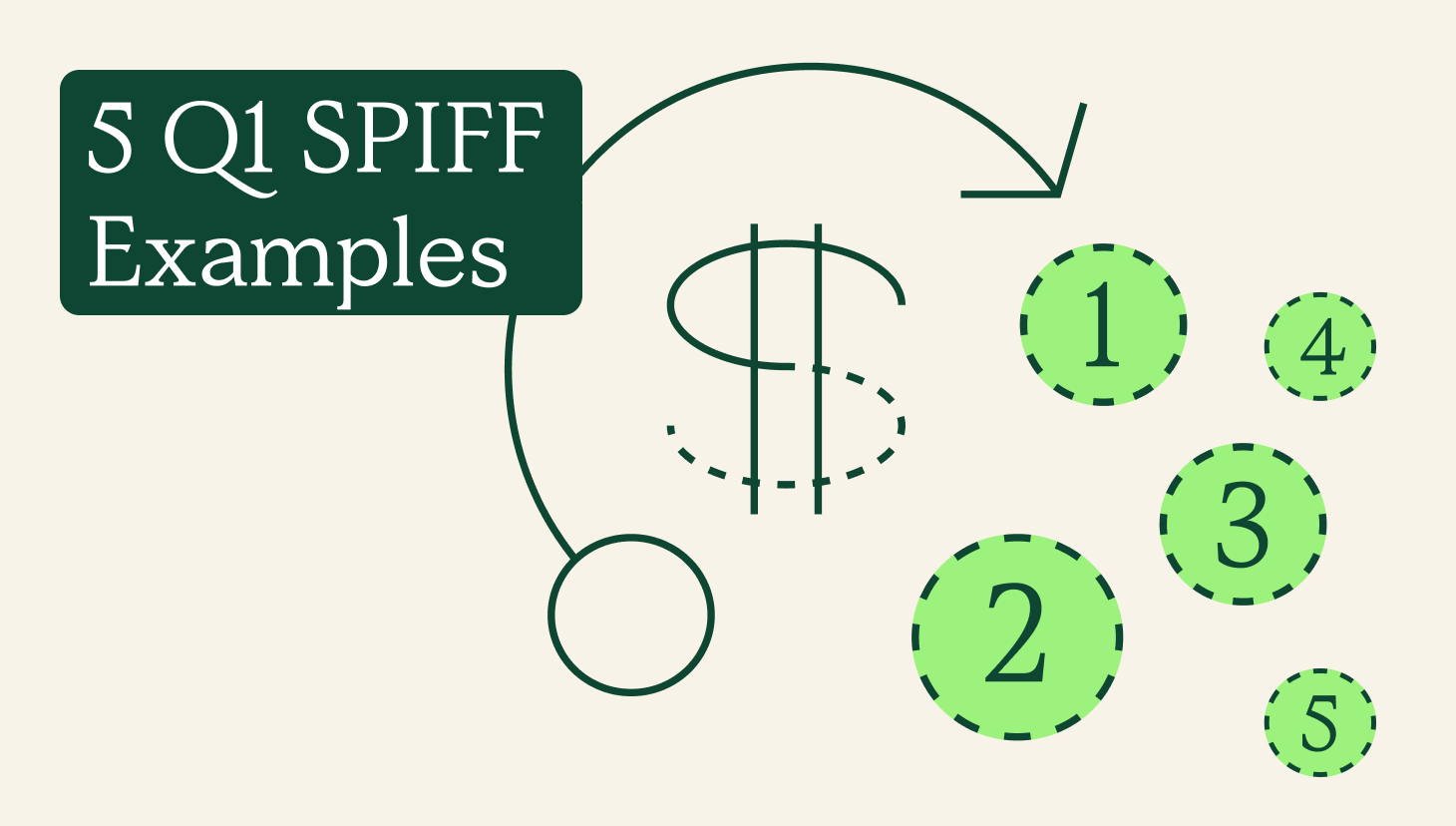
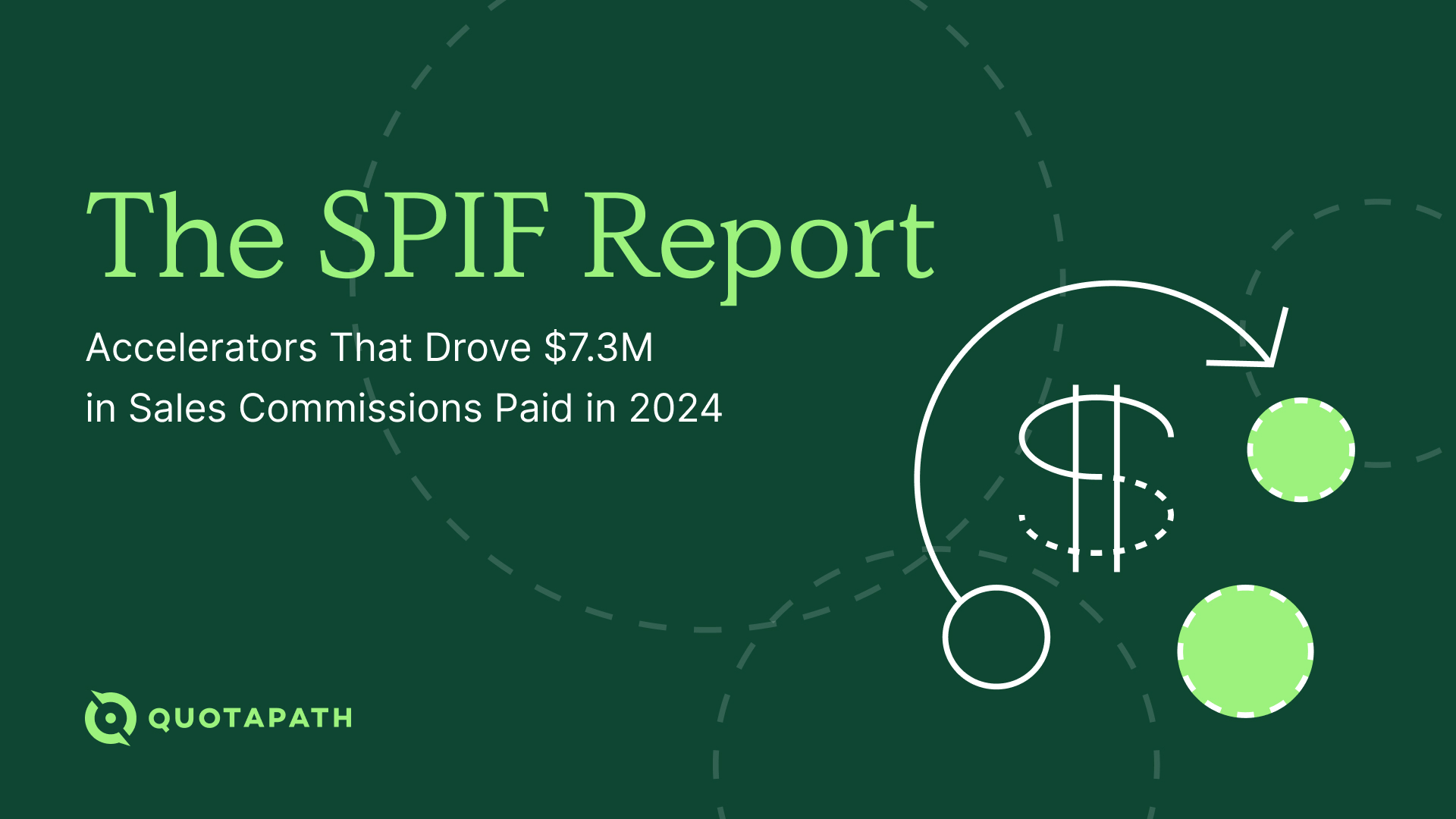
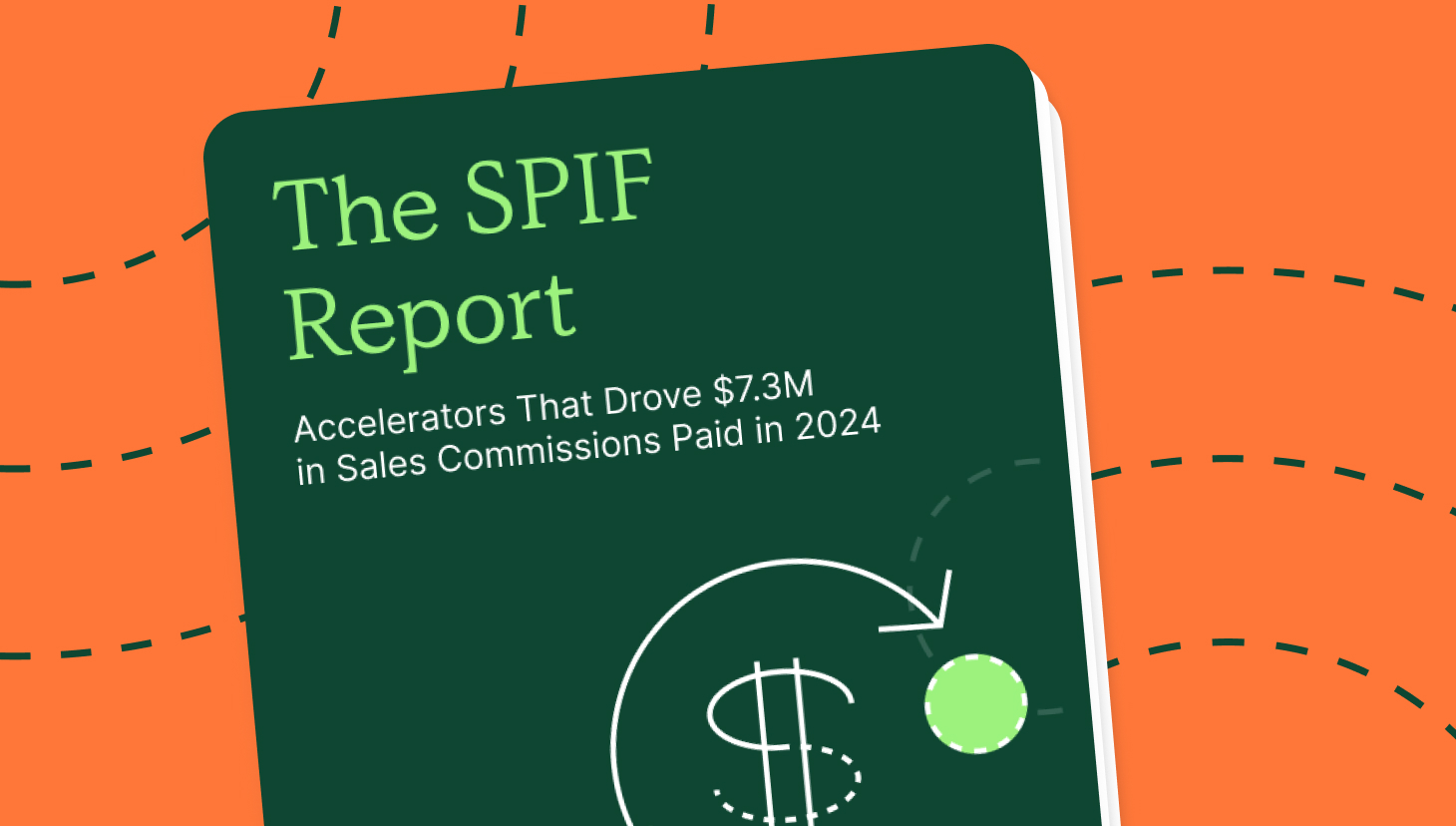

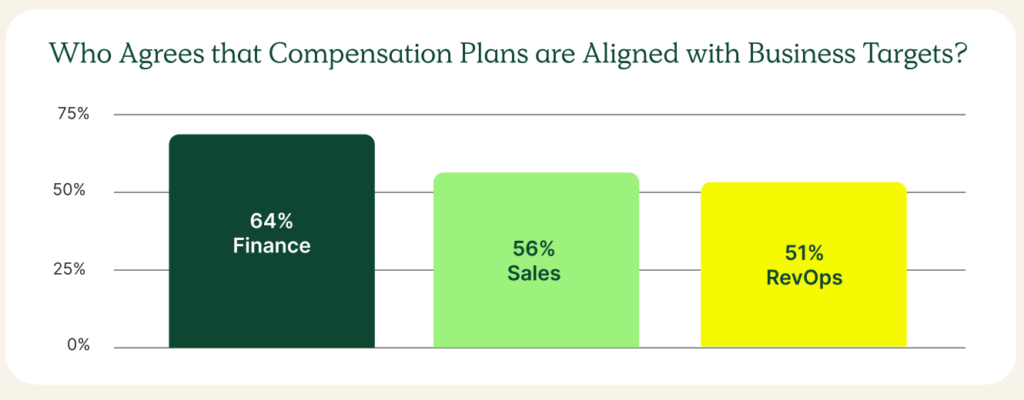







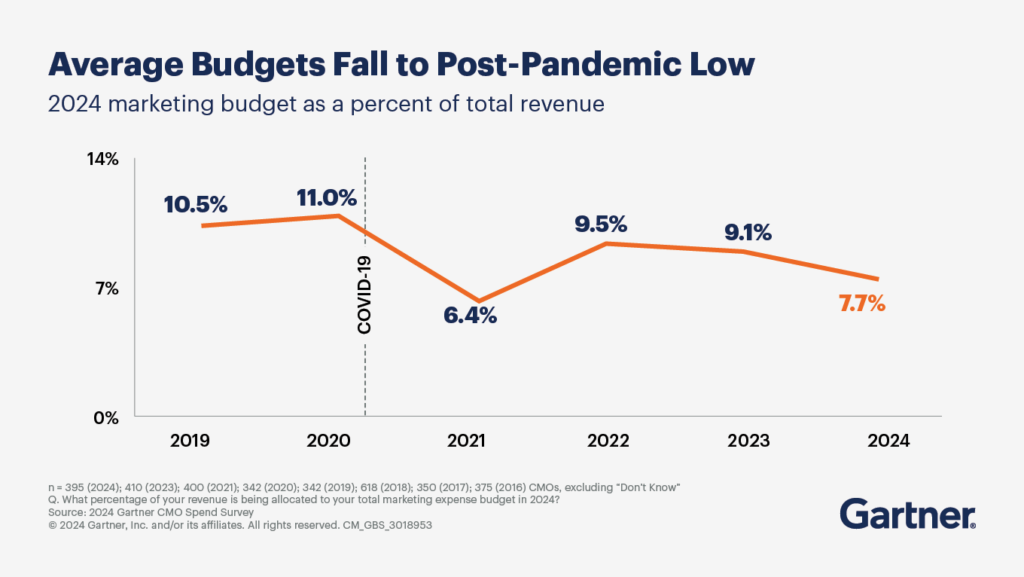

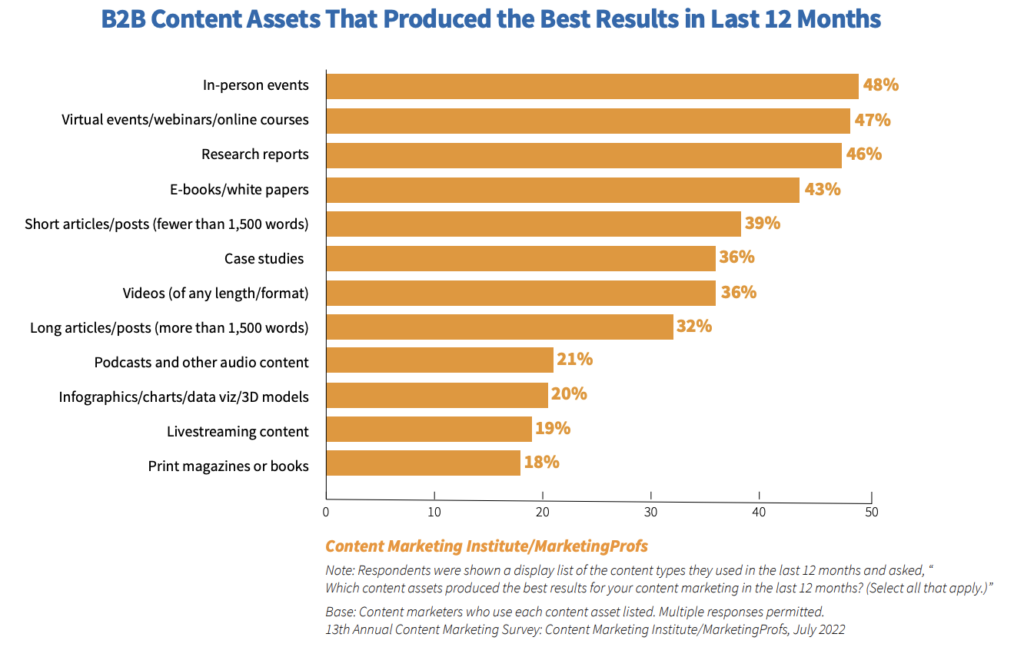


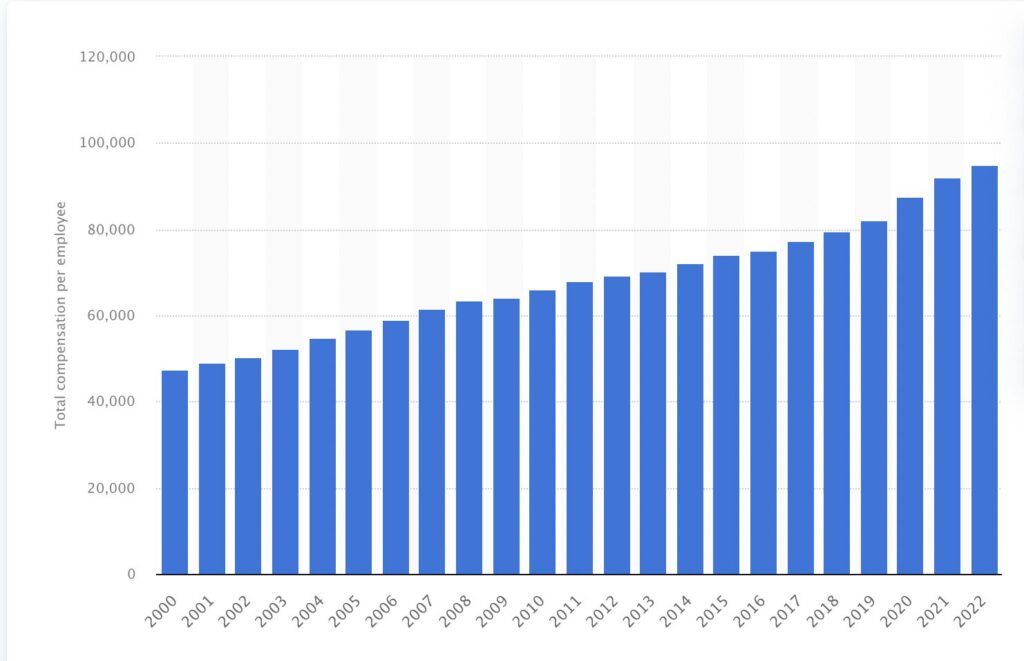












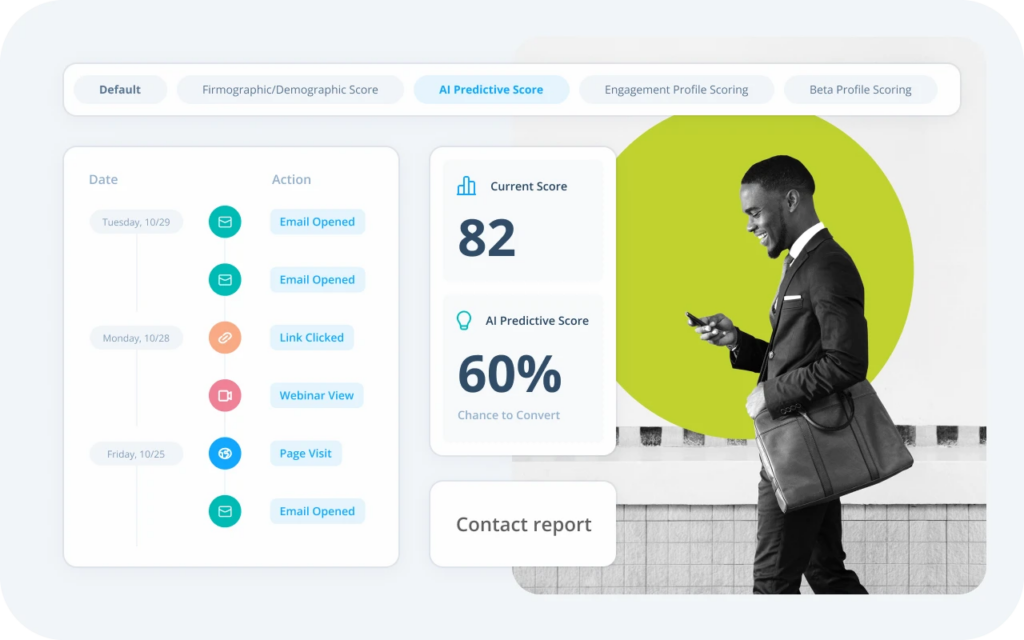



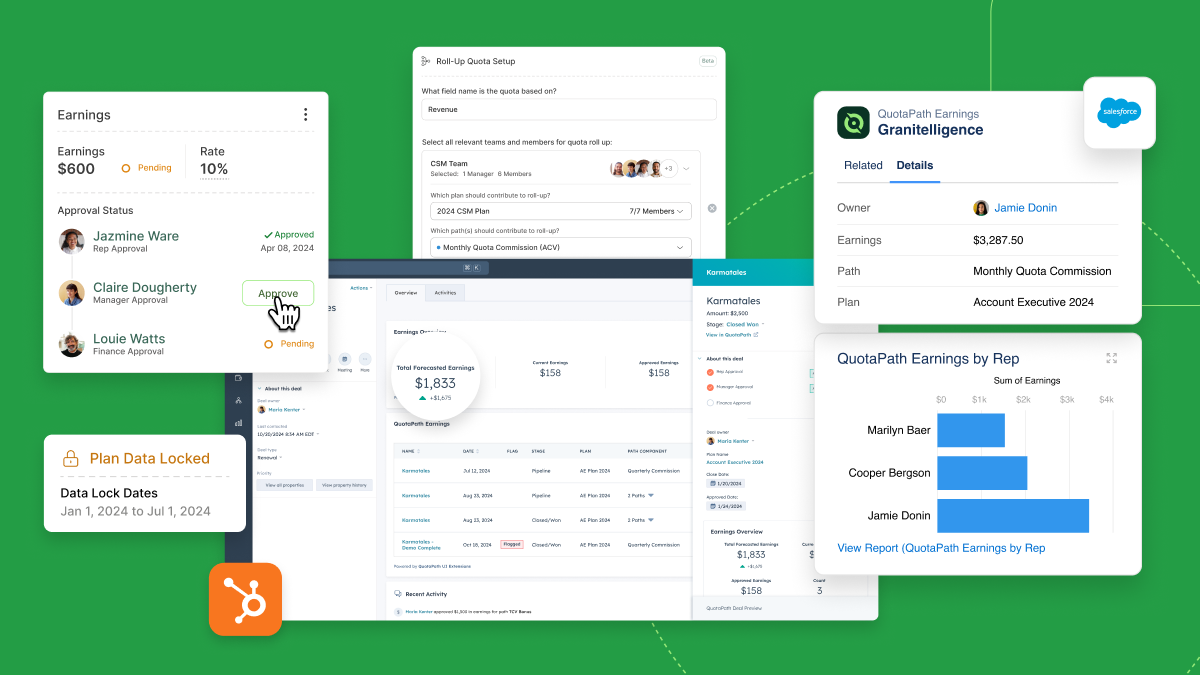








Recent Comments